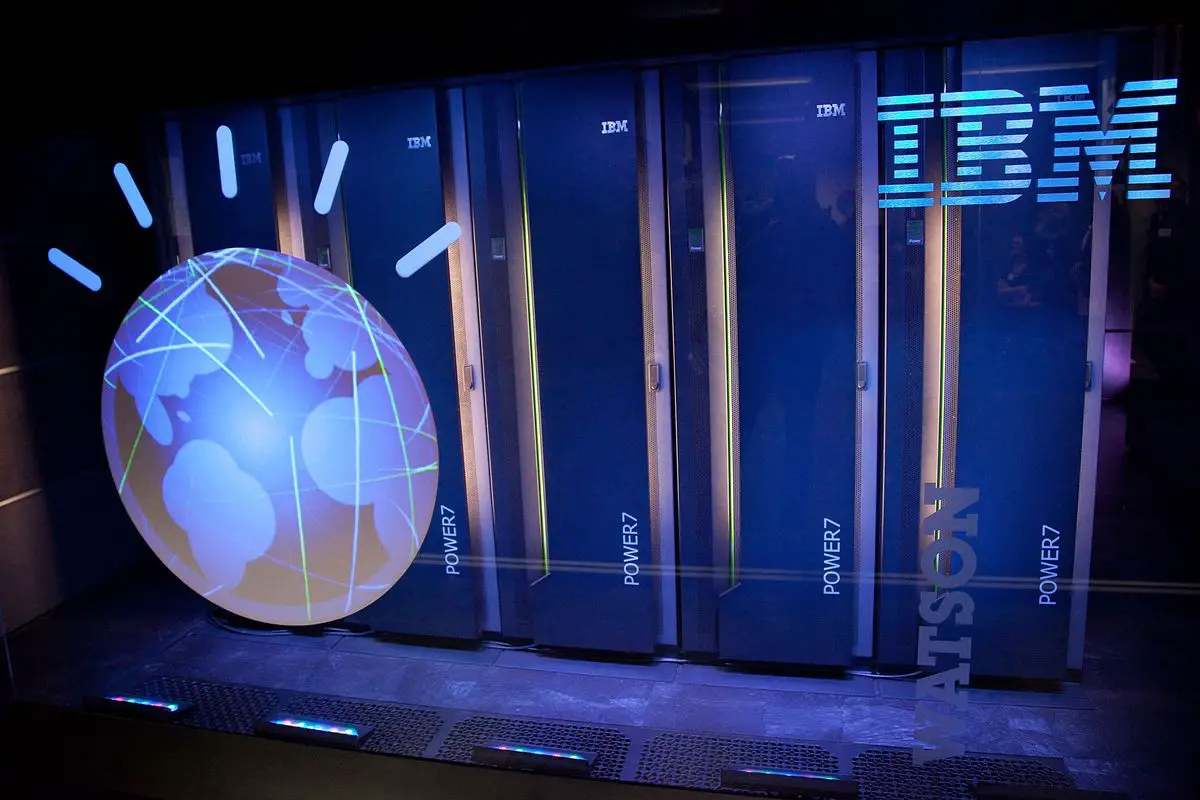New container-native software-defined storage solutions are designed to help enterprises extend data availability across complex hybrid clouds for greater performance and resiliency.
IBM has announced major innovations in its storage offerings designed to improve data access and management in increasingly complex hybrid cloud environments and to achieve greater data availability and resiliency.
First, the company has announced a new container-native software-defined storage (SDS) solution, IBM Spectrum Fusion, which will be available in the second half of 2021. The solution will be designed to merge IBM’s general parallel file system technology and its data protection software. It will thus offer enterprises a simple and less complex approach for their applications to seamlessly access data either in the data center, edge, or hybrid cloud environments.
In addition, IBM has also introduced updates to its family of high-performance IBM Elastic Storage System (ESS) solutions that are highly scalable and designed for easy deployment: the refreshed ESS 5000 model, which now offers 10% more storage capacity, and the new ESS 3200 that offers twice the read performance of its predecessor. Both are available now.
As hybrid cloud adoption grows, so does the need to manage edge computing. As the digital universe, the edge continues to expand, creating more and more sources and silos of unstructured data. According to a recent IDC report, the number of new operational processes deployed on edge infrastructure will grow from 20% today to more than 90% by 2024 as digital engineering accelerates IT/OT convergence. And by 2022, IDC estimates that 80% of organizations shifting to a hybrid business by design will increase spending on AI-enabled, secure edge infrastructure on 4x to deliver agility and near real-time business insights.
IBM Spectrum Fusion

The first realization of IBM Spectrum Fusion is planned in the form of a container-native hyper-converged infrastructure (HCI) system. When it launches in the second half of 2021, it will integrate compute, storage and networking into a single solution. It is being designed to come equipped with Red Hat OpenShift, to enable organizations to support environments for both virtual machines and containers and provide software-defined storage for cloud, edge, and containerized data centers. Under this plan, in early 2022, IBM plans to release a version of IBM Spectrum Fusion exclusively for SDS.
By integrating a fully containerized version of IBM’s overall parallel file system and data protection software, IBM Spectrum Fusion is designed to provide organizations with an efficient way to get more out of enterprise-wide data. In addition, customers can expect to leverage the software to virtualize and accelerate existing data sets more easily by leveraging the most relevant storage tier.
With IBM Spectrum Fusion solutions, organizations will be able to manage a single copy of data. They will no longer have to create duplicates when moving application workloads across the enterprise, easing management functions and streamlining analytics and AI. In addition, data compliance activities (e.g., GDPR) can be enforced with a single copy, while reducing exposure to security breaches due to the presence of multiple copies.
In addition to its global availability capabilities, IBM Spectrum Fusion is designed to integrate with IBM Cloud Satellite to enable enterprises to fully manage cloud services in edge, data center, or public cloud with a single management dashboard. IBM Spectrum Fusion is also designed to integrate with Red Hat Advanced Cluster Manager (ACM) to manage multiple Red Hat OpenShift clusters.
IBM Elastic Storage Systems preview
New IBM ESS models and upgrades include:
Global Data Boost: The IBM ESS 3200, a new 2U storage solution that is designed to deliver 80GB/second data throughput per node, a 100% increase in reading performance over its predecessor, the ESS 3000. In addition, the 3200 supports up to 8 InfiniBand HDR-200 or Ethernet-100 ports for high throughput and low latency. The system can also provide up to 367TB of storage capacity per 2U node.
Packing in the Petabytes: In addition, the IBM ESS 5000 model has been upgraded to support 10% more density than previously available for a total storage capacity of 15.2PB. In addition, all ESS systems are now equipped with automated containerized streamlined deployment capabilities with the latest version of Red Hat Ansible.
Both the ESS 3200 and ESS 5000 feature containerized system software and support for Red Hat OpenShift and KubernetesContainer Storage Interface (CSI), CSI snapshots and clones, Red Hat Ansible, Windows, Linux, and bare-metal environments. The systems also come with the IBM Spectrum Scale built-in.
In addition, the 3200 and 5000 also work with IBM Cloud Pak for Data, the company’s fully containerized integrated data and AI services platform, for integration with IBM Watson Knowledge Catalog(WKC) and Db2. WKC is a cloud-based enterprise metadata repository that activates information for AI, machine learning, and deep learning. Users rely on it to access, organize, categorize and share data, knowledge assets, and their relationships. IBM Db2 for Cloud Pak for Data is an AI-powered data management system built on Red Hat OpenShift.
To further bridge edge computing, core data center, private and public cloud environments, the ESS 3200 and 5000 are also fully integrated with IBM Cloud Satellite.





